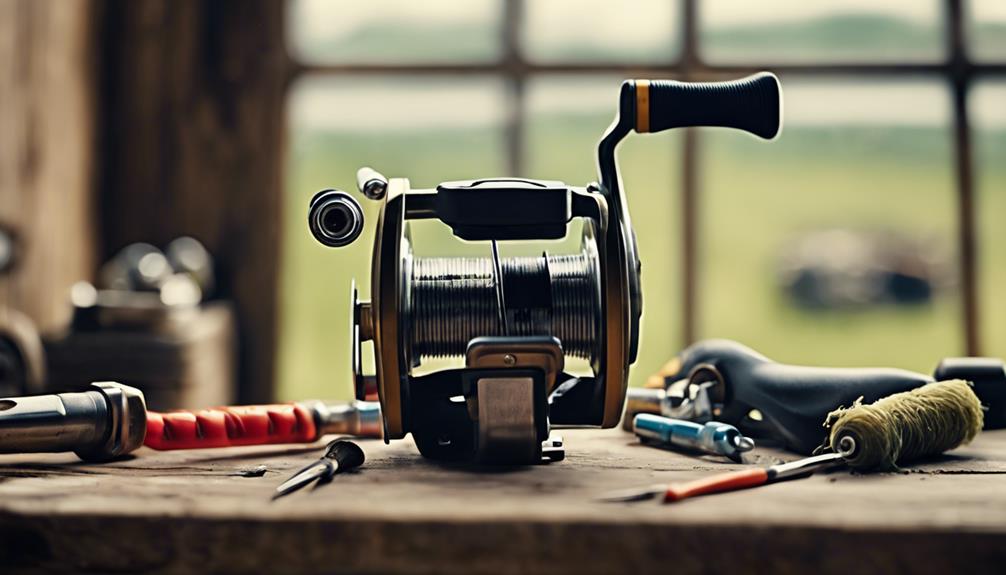What is Fly In Fishing? Understanding the Concept
Fly in fishing is an exhilarating form of angling that involves traveling to remote fishing locations, typically accessible only by airplane. This method allows anglers to explore pristine waters, often teeming with fish, away from the crowds of mainstream fishing spots. The appeal of fly in fishing lies in the adventure and the opportunity to catch trophy fish in untouched environments. Destinations can range from secluded lakes and rivers in the wilderness to scenic coastal areas, making it a popular choice for those seeking solitude and a deeper connection with nature. Whether you’re a seasoned angler or a novice, fly in fishing offers a unique experience that can enhance your fishing skills and overall enjoyment.
Choosing the Right Destination for Fly In Fishing
Selecting the right destination is crucial for a successful fly in fishing trip. The world is dotted with incredible locations, each offering unique fishing experiences. Popular destinations include Alaska, Canada, and remote areas in the Caribbean and South America. When considering where to go, think about the types of fish you want to catch – whether it’s trout, salmon, or bass – and the seasonality of their runs. Researching your destination will also help you understand the local regulations, best times to fish, and the types of lodging and amenities available. A well-planned destination can significantly enhance your fly in fishing adventure, ensuring that you make the most of your time on the water.
Preparing for Your Fly In Fishing Adventure
Preparation is key to a successful fly in fishing trip. Start by gathering the necessary gear, including a quality fly rod, reel, and a selection of flies that are effective for the species you’re targeting. Don’t forget essentials such as waders, polarized sunglasses, and a good hat for sun protection. Additionally, consider packing lightweight camping gear if you plan to stay overnight. Be sure to check the weight limits of your flight, as many charter services have restrictions on baggage. Planning your meals and bringing appropriate food and beverages can also enhance your experience, especially if you’re heading to a remote location without easy access to supplies.
Understanding the Best Techniques for Fly In Fishing
Fly in fishing isn’t just about getting to a remote location; it’s also about utilizing effective fishing techniques. Familiarize yourself with various casting methods, such as roll casts and double haul casts, which can be beneficial in different conditions. Learn how to read the water to identify the best spots for casting, such as riffles, pools, and undercut banks. Understanding the behavior of the fish you’re targeting will also help you select the right flies and techniques. Additionally, practicing catch and release can contribute to the sustainability of these remote fisheries, ensuring that they remain healthy for future generations of anglers.
Fly In Fishing Etiquette: Respecting Nature and Fellow Anglers
Fly in fishing often takes place in pristine environments that require careful stewardship. Practicing good etiquette is essential not only for your enjoyment but also for the preservation of these beautiful locations. Always follow local regulations regarding fishing seasons and catch limits. When on the water, minimize your impact by avoiding trampling sensitive areas and adhering to the principles of Leave No Trace. Respecting other anglers’ space is also crucial; maintain a respectful distance and avoid overcrowding popular spots. By practicing responsible fishing, you contribute to the conservation of these areas, ensuring they remain enjoyable for all.
The Benefits of Fly In Fishing for Mental Wellness
Beyond the thrill of the catch, fly in fishing offers significant mental health benefits. The act of spending time in nature has been shown to reduce stress, anxiety, and depression. The serene landscapes and the sounds of water can create a calming atmosphere, allowing you to disconnect from the hustle of daily life. Engaging in fishing also promotes mindfulness, as it requires focus and patience. The combination of physical activity and relaxation makes fly in fishing an excellent choice for those looking to improve their mental well-being. Embrace the opportunity to immerse yourself in nature and reap the psychological benefits it brings.
Eco-Friendly Practices in Fly In Fishing
As the popularity of fly in fishing grows, so does the need for eco-friendly practices. Sustainable fishing is crucial for maintaining healthy fish populations and preserving natural habitats. When planning your trip, choose outfitters that prioritize eco-friendly practices, such as using biodegradable products and promoting catch-and-release tactics. Educate yourself on the local ecosystem and the species you’re fishing for to minimize your impact. Simple actions, like properly disposing of waste and minimizing plastic use, can make a significant difference. By adopting eco-friendly practices, you can enjoy your fly in fishing experience while protecting the environment for future generations.
Conclusion: Embrace the Adventure of Fly In Fishing
In summary, fly in fishing is an incredible way to explore remote waters and connect with nature while pursuing your passion for angling. With the right preparation, gear, and knowledge of fishing techniques, you can embark on an unforgettable adventure filled with breathtaking landscapes and thrilling catches. Remember to respect nature and fellow anglers, and practice eco-friendly fishing to contribute positively to these pristine environments. So pack your gear, book your flight, and get ready to experience the ultimate thrill of fly in fishing – a journey that promises excitement, tranquility, and a deeper appreciation for the great outdoors.
